Home>Renovation & DIY>Home Renovation Guides>What Is A Reverse Gable Roof?
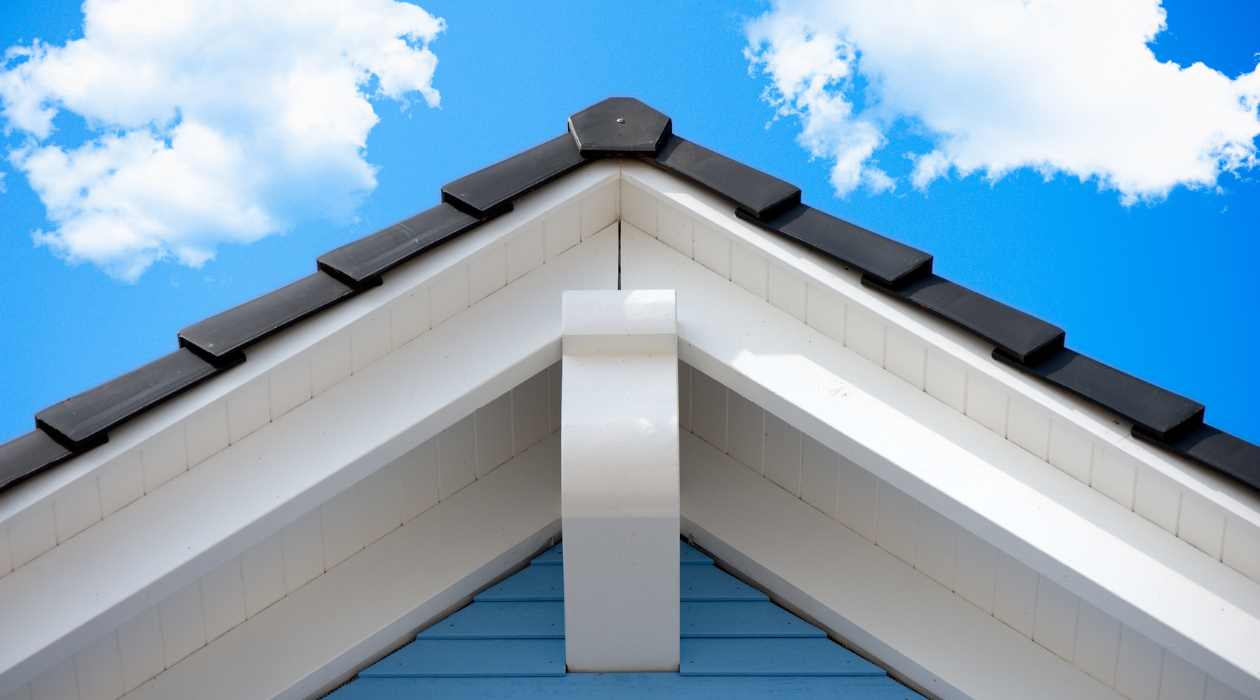

Home Renovation Guides
What Is A Reverse Gable Roof?
Modified: March 2, 2024
Learn about the benefits and considerations of a reverse gable roof for your home renovation project with our comprehensive guide. Explore design options and expert tips.
(Many of the links in this article redirect to a specific reviewed product. Your purchase of these products through affiliate links helps to generate commission for Storables.com, at no extra cost. Learn more)
Introduction
When it comes to home renovation and construction, the roof is a crucial element that not only provides protection but also contributes to the overall aesthetic appeal of a structure. Among the various types of roofs, the reverse gable roof stands out as a distinctive and versatile option. Whether you're planning a new construction project or considering a roof replacement, understanding the features and benefits of a reverse gable roof can provide valuable insights for making informed decisions.
The reverse gable roof, also known as a Dutch gable roof, is a variation of the traditional gable roof design. Unlike a standard gable roof, which features two sloping sides that meet at a central ridge, the reverse gable roof incorporates a gable at each end with a hipped roof section between them. This unique configuration combines the classic gable style with the practicality of a hipped roof, resulting in a visually appealing and functional roofing solution.
As homeowners and builders seek innovative ways to enhance the architectural appeal of properties, the reverse gable roof has gained popularity for its ability to add character and dimension to a wide range of structures. Whether adorning a cozy cottage, a spacious suburban home, or a charming barn-style building, the reverse gable roof offers a timeless charm that complements various architectural styles.
In the following sections, we will delve deeper into the definition, characteristics, advantages, and disadvantages of a reverse gable roof, shedding light on its unique features and practical considerations. Additionally, we will explore common applications of this distinctive roof design, providing valuable insights for those considering the implementation of a reverse gable roof in their construction or renovation projects.
Key Takeaways:
- The reverse gable roof combines classic charm with practical benefits, adding visual interest and stability to buildings. Its versatility suits various architectural styles, making it a compelling choice for homeowners and builders.
- While the reverse gable roof offers architectural appeal and attic space, it may pose challenges in construction complexity and maintenance. Careful consideration is needed to balance its visual allure with practical drawbacks.
Read more: What Is A Gable On A Roof?
Definition of a Reverse Gable Roof
A reverse gable roof, also known as a Dutch gable roof, is a distinctive roofing style that combines elements of both gable and hipped roofs. It is characterized by its unique design, featuring gable ends at each side and a hipped roof section between them. This configuration creates a visually striking roofline that adds architectural interest and dimension to a building.
The gable ends of a reverse gable roof are formed by two sloping roof sections that meet at a peak, similar to a traditional gable roof. However, unlike a standard gable roof, the reverse gable roof incorporates a hipped roof section between the gable ends. This hipped section consists of sloping roof planes that converge to form a ridge, providing a seamless transition between the gable ends.
One of the defining features of a reverse gable roof is its versatility, making it suitable for a wide range of architectural styles. Whether adorning a quaint cottage, a modern farmhouse, or a colonial-style home, the reverse gable roof adds a touch of elegance and charm to the overall aesthetic of the structure.
This roofing style offers a balance of visual appeal and practical functionality. The gable ends provide ample space for attic ventilation and potential for the addition of dormer windows, while the hipped section offers increased stability and resistance to strong winds, making it a suitable choice for areas prone to severe weather conditions.
In summary, a reverse gable roof is a distinctive roofing style that combines the classic charm of gable roofs with the practical benefits of hipped roofs. Its unique design and versatility make it a popular choice for homeowners and builders seeking to enhance the architectural character of their properties while ensuring structural integrity and weather resistance.
Characteristics of a Reverse Gable Roof
The reverse gable roof boasts a set of distinctive characteristics that set it apart from other roofing styles, making it a compelling choice for a wide range of architectural applications. Understanding these key characteristics can provide valuable insights into the practical and aesthetic aspects of this unique roofing design.
1. Visual Appeal
The most striking characteristic of a reverse gable roof is its visual appeal. The combination of gable ends and a hipped roof section creates an eye-catching roofline that adds architectural interest and dimension to a building. This distinctive profile enhances the overall curb appeal of a property, making it an attractive choice for homeowners and builders seeking to make a statement with their roof design.
2. Versatility
The reverse gable roof's versatility is another notable characteristic. It seamlessly complements various architectural styles, including traditional, modern, and eclectic designs. Whether adorning a cozy cottage, a spacious suburban home, or a charming barn-style building, the reverse gable roof adapts to different aesthetics, making it a versatile option for a wide range of construction and renovation projects.
Read more: What Is A Gable Roof
3. Attic Space and Ventilation
This roofing style offers ample space within the gable ends, providing opportunities for attic storage or the addition of dormer windows to bring natural light into the upper levels of a structure. Additionally, the gable ends allow for effective attic ventilation, contributing to improved air circulation and temperature regulation within the building.
4. Structural Stability
The hipped roof section of a reverse gable roof contributes to its structural stability. The converging sloping planes of the hipped section provide increased resistance to strong winds, making it a suitable choice for areas prone to severe weather conditions. This characteristic enhances the overall durability and resilience of the roof, ensuring long-term protection for the building and its occupants.
5. Aesthetic Enhancements
The reverse gable roof offers opportunities for aesthetic enhancements, such as the addition of decorative trim, gable ornaments, or accent features that further elevate the visual impact of the roof. These customizable elements allow homeowners and builders to personalize the roof design, adding unique touches that reflect their individual style and preferences.
In summary, the characteristics of a reverse gable roof encompass its visual appeal, versatility, attic space and ventilation, structural stability, and opportunities for aesthetic enhancements. These attributes collectively contribute to the allure and practicality of the reverse gable roof, making it a compelling choice for those seeking a distinctive and functional roofing solution.
Advantages of a Reverse Gable Roof
The reverse gable roof offers a range of compelling advantages that make it a desirable choice for homeowners and builders seeking a distinctive and functional roofing solution. These advantages encompass both practical benefits and aesthetic enhancements, contributing to the overall appeal and performance of the roof.
-
Architectural Appeal: One of the primary advantages of a reverse gable roof is its architectural appeal. The unique combination of gable ends and a hipped roof section creates a visually striking roofline that adds character and dimension to a building. This distinctive profile enhances the overall curb appeal of the property, making a lasting impression and increasing its aesthetic value.
-
Versatility: The reverse gable roof's versatility is another significant advantage. It seamlessly complements various architectural styles, allowing it to adorn a wide range of structures, from traditional homes to modern residences. This adaptability makes it an attractive option for homeowners and builders looking to enhance the visual appeal of their properties while maintaining architectural harmony.
-
Attic Space and Ventilation: The gable ends of a reverse gable roof provide ample space for attic storage or the addition of dormer windows, offering practical advantages for homeowners. Additionally, these gable ends allow for effective attic ventilation, promoting improved air circulation and temperature regulation within the building. This contributes to a more comfortable indoor environment and helps prevent moisture-related issues.
-
Structural Stability: The hipped roof section of a reverse gable roof contributes to its structural stability, offering increased resistance to strong winds and adverse weather conditions. This advantage is particularly valuable in areas prone to inclement weather, as the roof's design provides enhanced durability and protection for the building and its occupants.
-
Aesthetic Customization: Another notable advantage of the reverse gable roof is the opportunity for aesthetic customization. Homeowners and builders can personalize the roof design by adding decorative trim, gable ornaments, or other accent features that reflect their individual style and preferences. This customization allows for the creation of a unique and personalized architectural statement.
-
Increased Property Value: The architectural appeal and practical benefits of a reverse gable roof can contribute to an increase in the property's overall value. A well-designed and structurally sound roof enhances the marketability of a home, making it more attractive to potential buyers and adding to its resale value.
In summary, the advantages of a reverse gable roof encompass its architectural appeal, versatility, attic space and ventilation, structural stability, aesthetic customization, and potential impact on property value. These advantages collectively position the reverse gable roof as a compelling choice for those seeking a roofing solution that combines visual appeal with practical benefits.
Read more: How To Shingle A Gable Roof
Disadvantages of a Reverse Gable Roof
While the reverse gable roof offers a range of compelling advantages, it is important to consider potential drawbacks associated with this distinctive roofing style. Understanding the disadvantages can provide valuable insights for homeowners and builders as they evaluate the suitability of a reverse gable roof for their construction or renovation projects.
-
Complex Construction: One of the primary disadvantages of a reverse gable roof is the complexity of its construction. The unique design, which combines gable ends with a hipped roof section, requires careful planning and precise execution. This complexity can result in higher construction costs and may necessitate the expertise of experienced professionals to ensure proper installation and structural integrity.
-
Maintenance Challenges: The multiple intersecting roof planes of a reverse gable roof can pose challenges in terms of maintenance. The junctions where the gable ends and hipped section meet require regular inspection and maintenance to prevent potential leaks or structural issues. Additionally, the varying angles and slopes of the roof may make certain maintenance tasks, such as cleaning gutters or conducting repairs, more challenging compared to simpler roof designs.
-
Limited Attic Space: While the gable ends of a reverse gable roof offer opportunities for attic storage and ventilation, the hipped roof section may result in limited usable attic space. The sloping planes of the hipped section can restrict headroom and usable floor area within the attic, potentially impacting the practicality of this space for storage or living purposes.
-
Aesthetic Considerations: While the unique profile of a reverse gable roof contributes to its visual appeal, it may not align with the architectural preferences of all homeowners. Some individuals may prefer a simpler, more streamlined roof design, and the distinctiveness of the reverse gable roof may not suit every architectural style or personal taste.
-
Weather Vulnerability: The intersecting roof planes of a reverse gable roof can create vulnerable areas where debris or water may accumulate, potentially leading to maintenance challenges and increased susceptibility to water infiltration during heavy rainfall or snowmelt. Proper drainage and regular maintenance are essential to mitigate these vulnerabilities and ensure the long-term performance of the roof.
In summary, while the reverse gable roof offers compelling advantages, including architectural appeal, versatility, and structural stability, it is important to consider potential disadvantages such as complex construction, maintenance challenges, limited attic space, aesthetic considerations, and weather vulnerabilities. By carefully evaluating these factors, homeowners and builders can make informed decisions regarding the suitability of a reverse gable roof for their specific architectural and practical requirements.
Common Uses of a Reverse Gable Roof
The versatility and visual appeal of a reverse gable roof make it a popular choice for a variety of architectural applications. From residential homes to commercial structures, this distinctive roofing style finds diverse uses, adding character and functionality to different building types.
Residential Homes
In the realm of residential architecture, the reverse gable roof is frequently employed to enhance the visual appeal of homes. Its ability to seamlessly complement various architectural styles makes it a versatile option for both traditional and modern residences. From cozy cottages to spacious suburban homes, the reverse gable roof adds a touch of elegance and charm to the overall aesthetic of the property. Additionally, its practical benefits, such as attic space and ventilation, contribute to its appeal for homeowners seeking a blend of visual allure and functional design.
Farmhouses and Rural Structures
In rural settings, farmhouses and barn-style buildings often feature reverse gable roofs as a nod to traditional architectural elements. The distinctive profile of the reverse gable roof adds a timeless charm to these structures, evoking a sense of heritage and authenticity. Whether adorning a farmhouse nestled in the countryside or a rustic barn converted into a living space, the reverse gable roof contributes to the bucolic appeal of these rural properties.
Commercial and Community Buildings
Beyond residential applications, the reverse gable roof finds its place in commercial and community buildings. From small businesses to community centers and recreational facilities, this roofing style offers a visually striking and architecturally interesting option. Its ability to adapt to different architectural themes allows it to complement a wide range of commercial structures, adding a touch of character and individuality to the overall design.
Architectural Accents
In addition to serving as the primary roofing style for entire structures, the reverse gable roof is often used as an architectural accent in larger buildings. It may adorn specific sections of a building, such as entryways, porches, or extensions, to create focal points and add visual interest. This selective use of the reverse gable roof allows architects and designers to incorporate its unique aesthetic qualities into the overall architectural composition, contributing to a cohesive and visually appealing design.
In summary, the common uses of a reverse gable roof span across residential homes, rural structures, commercial buildings, and architectural accents within larger constructions. Its adaptability, visual appeal, and practical benefits position it as a versatile and compelling roofing solution for a wide array of architectural endeavors.
Conclusion
In conclusion, the reverse gable roof, also known as the Dutch gable roof, emerges as a distinctive and versatile roofing style that combines the timeless charm of gable roofs with the practical benefits of hipped roofs. Its unique design, characterized by gable ends at each side and a hipped roof section between them, creates a visually striking roofline that adds architectural interest and dimension to a building. The reverse gable roof's versatility allows it to seamlessly complement various architectural styles, making it a compelling choice for residential, rural, commercial, and accent applications.
The advantages of a reverse gable roof, including its architectural appeal, versatility, attic space and ventilation, structural stability, aesthetic customization, and potential impact on property value, position it as a desirable roofing solution for homeowners and builders seeking a blend of visual allure and practical benefits. However, it is essential to consider potential disadvantages such as complex construction, maintenance challenges, limited attic space, aesthetic considerations, and weather vulnerabilities when evaluating its suitability for specific projects.
Despite these considerations, the common uses of a reverse gable roof across diverse architectural contexts highlight its adaptability and enduring appeal. From adorning residential homes and rural structures to enhancing commercial buildings and serving as architectural accents, the reverse gable roof continues to make its mark as a versatile and visually captivating roofing style.
Ultimately, the reverse gable roof stands as a testament to the enduring marriage of form and function in architectural design. Its ability to evoke a sense of character and elegance while offering practical advantages underscores its significance in the realm of roofing solutions. Whether gracing the skyline of a quaint cottage or adding a touch of heritage to a rural barn, the reverse gable roof leaves an indelible impression, showcasing the enduring allure of this distinctive architectural element.
Frequently Asked Questions about What Is A Reverse Gable Roof?
Was this page helpful?
At Storables.com, we guarantee accurate and reliable information. Our content, validated by Expert Board Contributors, is crafted following stringent Editorial Policies. We're committed to providing you with well-researched, expert-backed insights for all your informational needs.
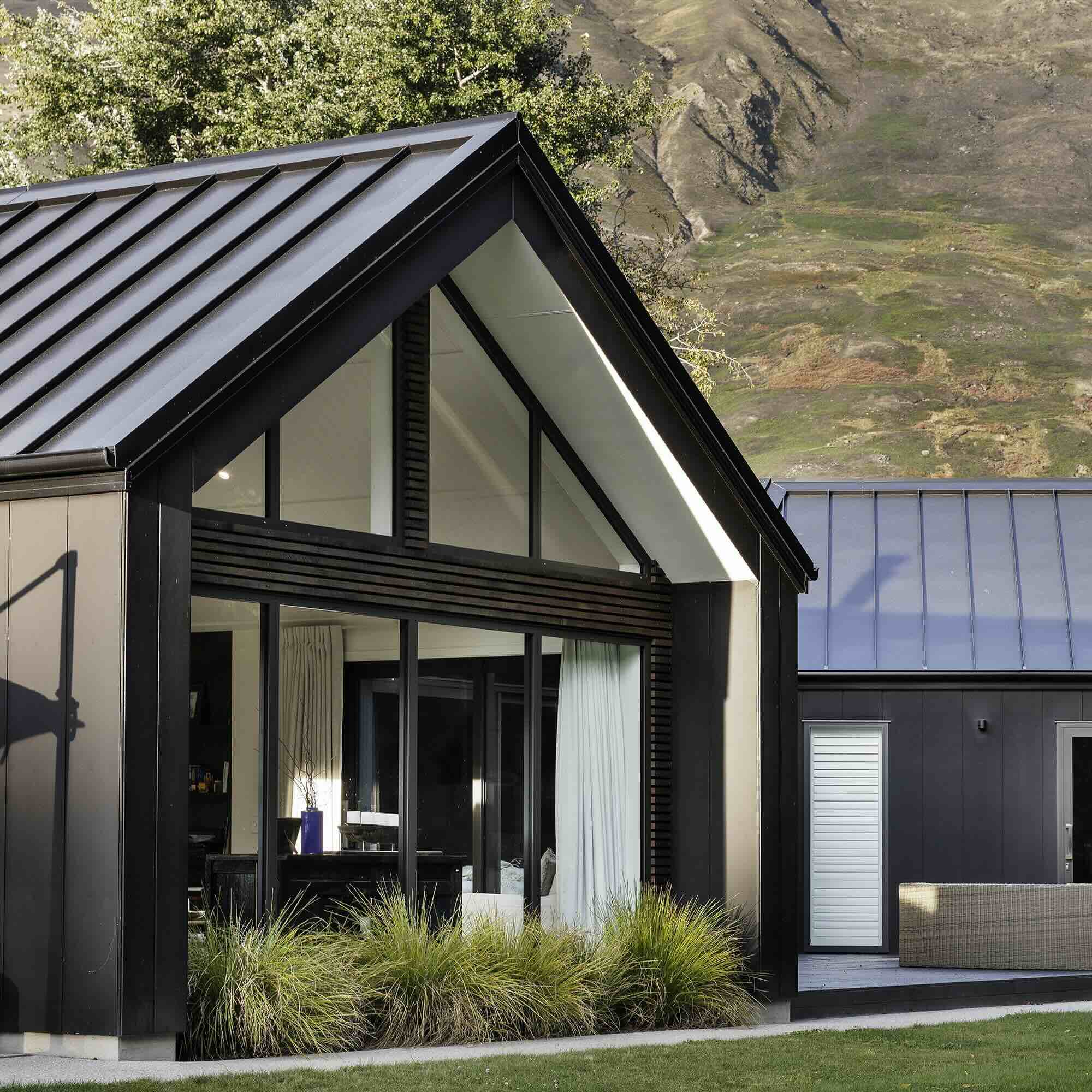
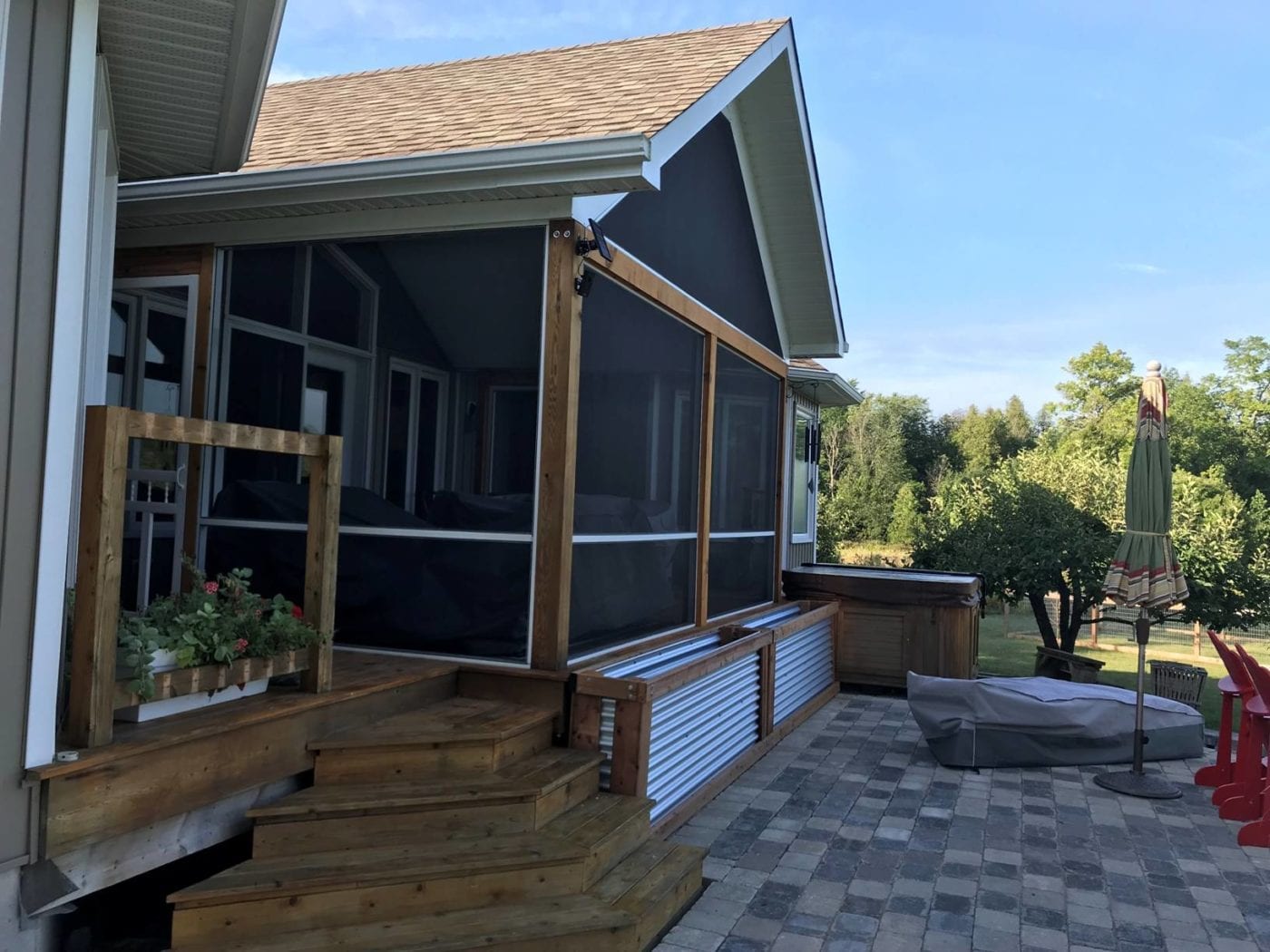
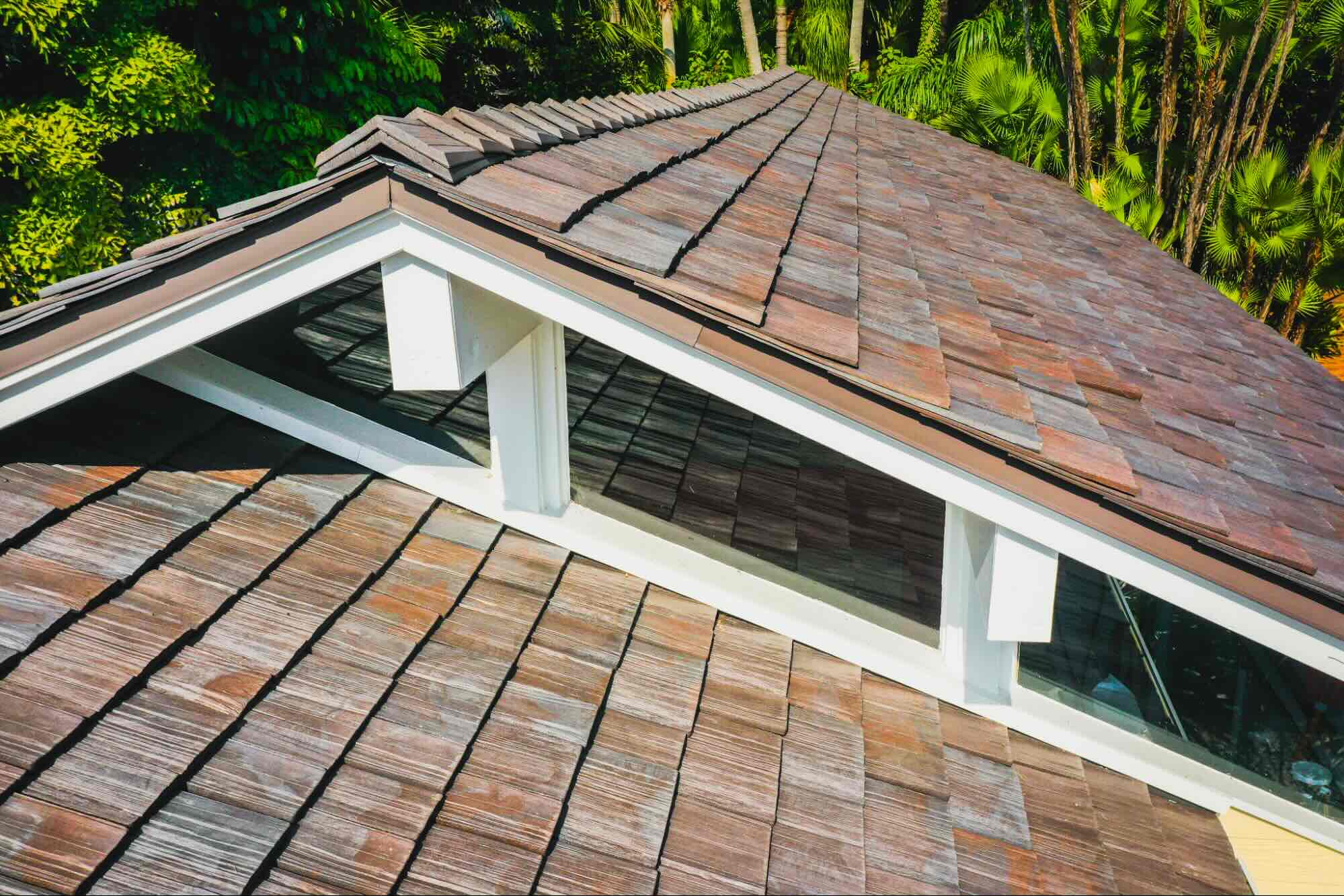
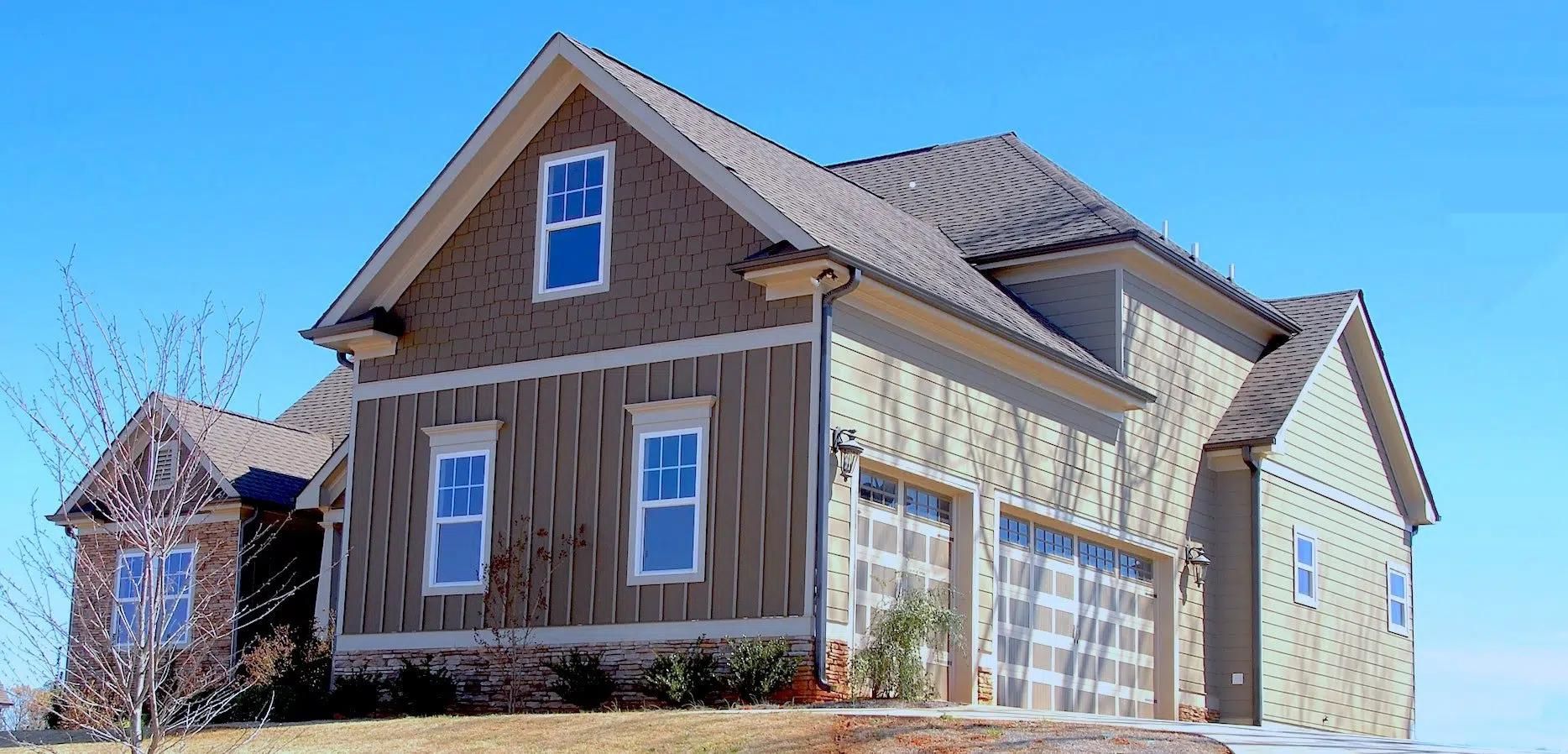
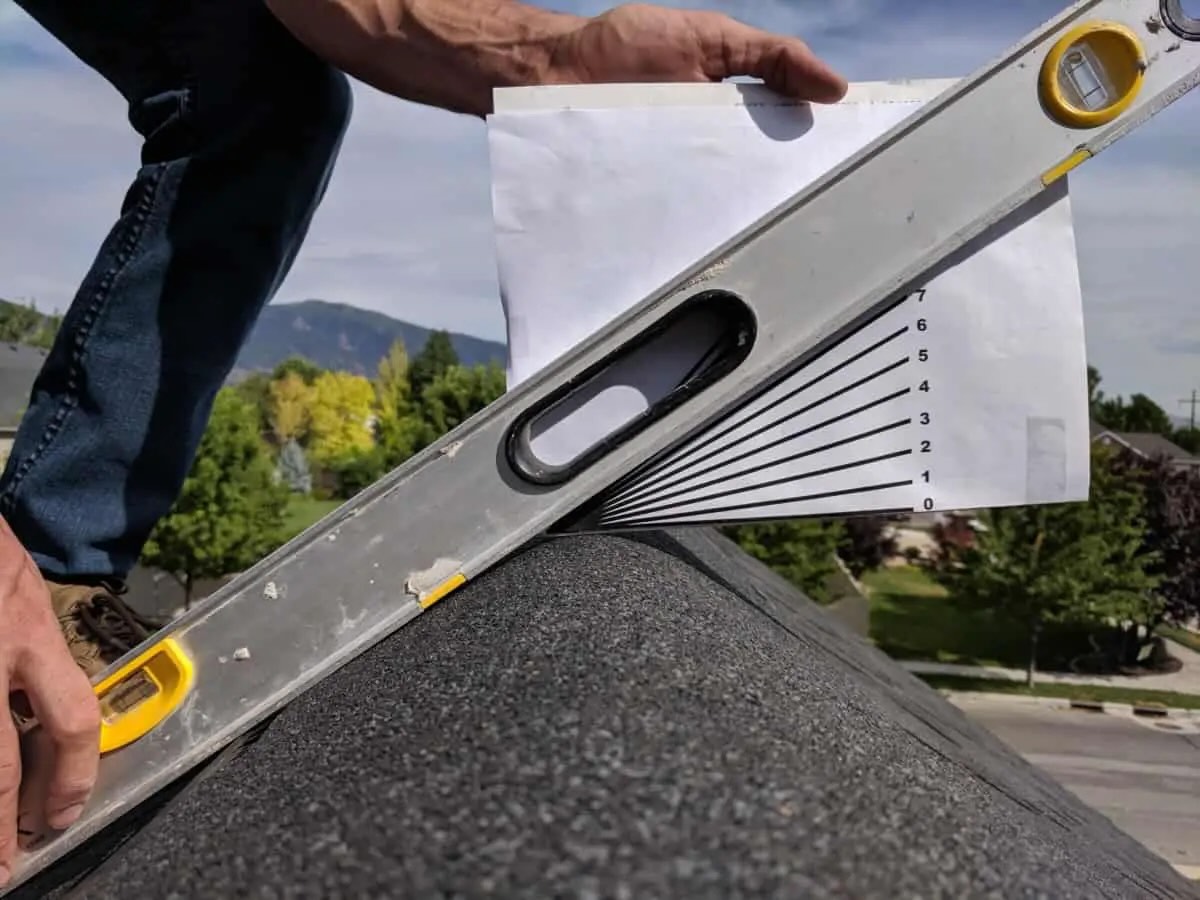
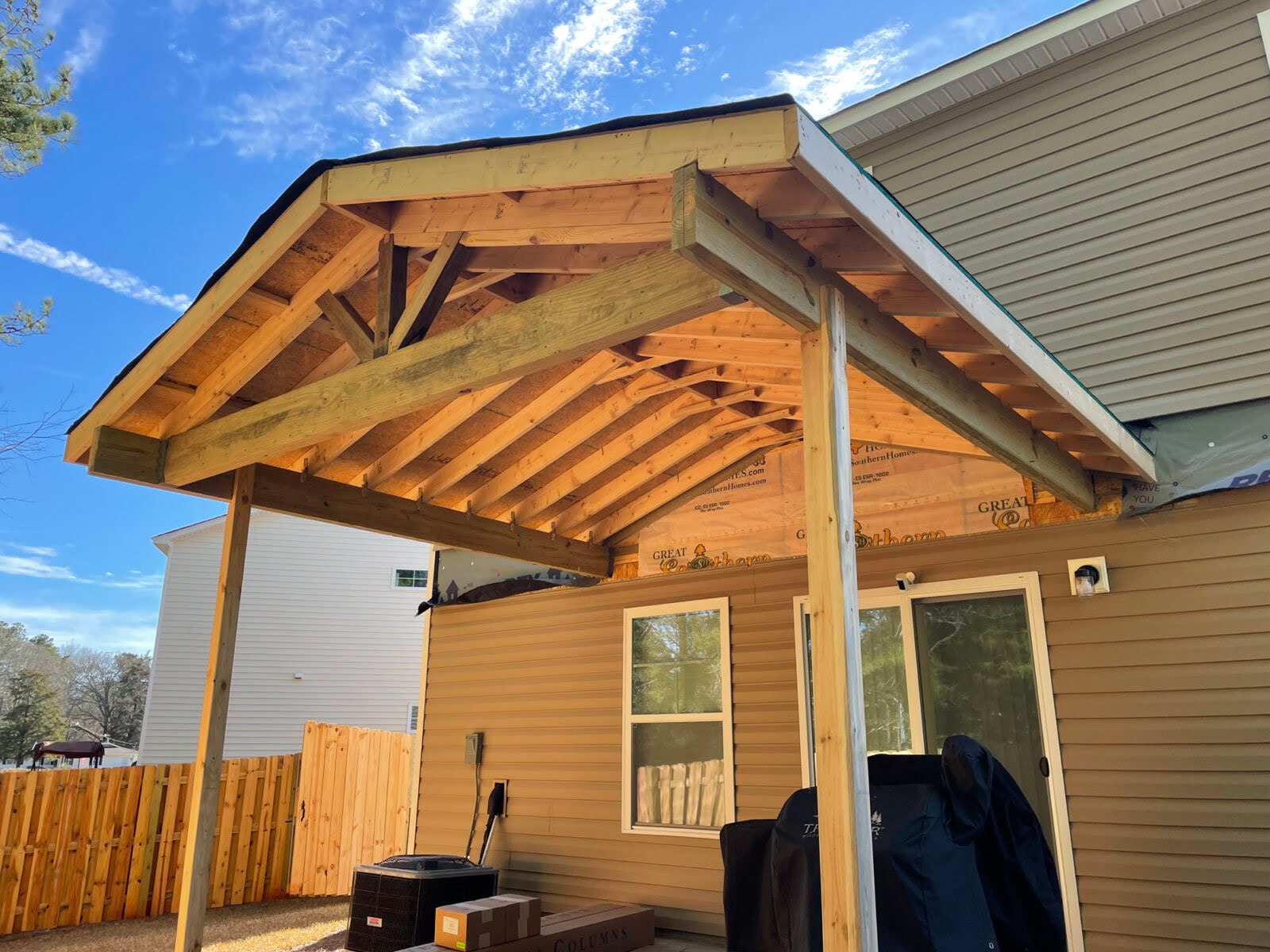
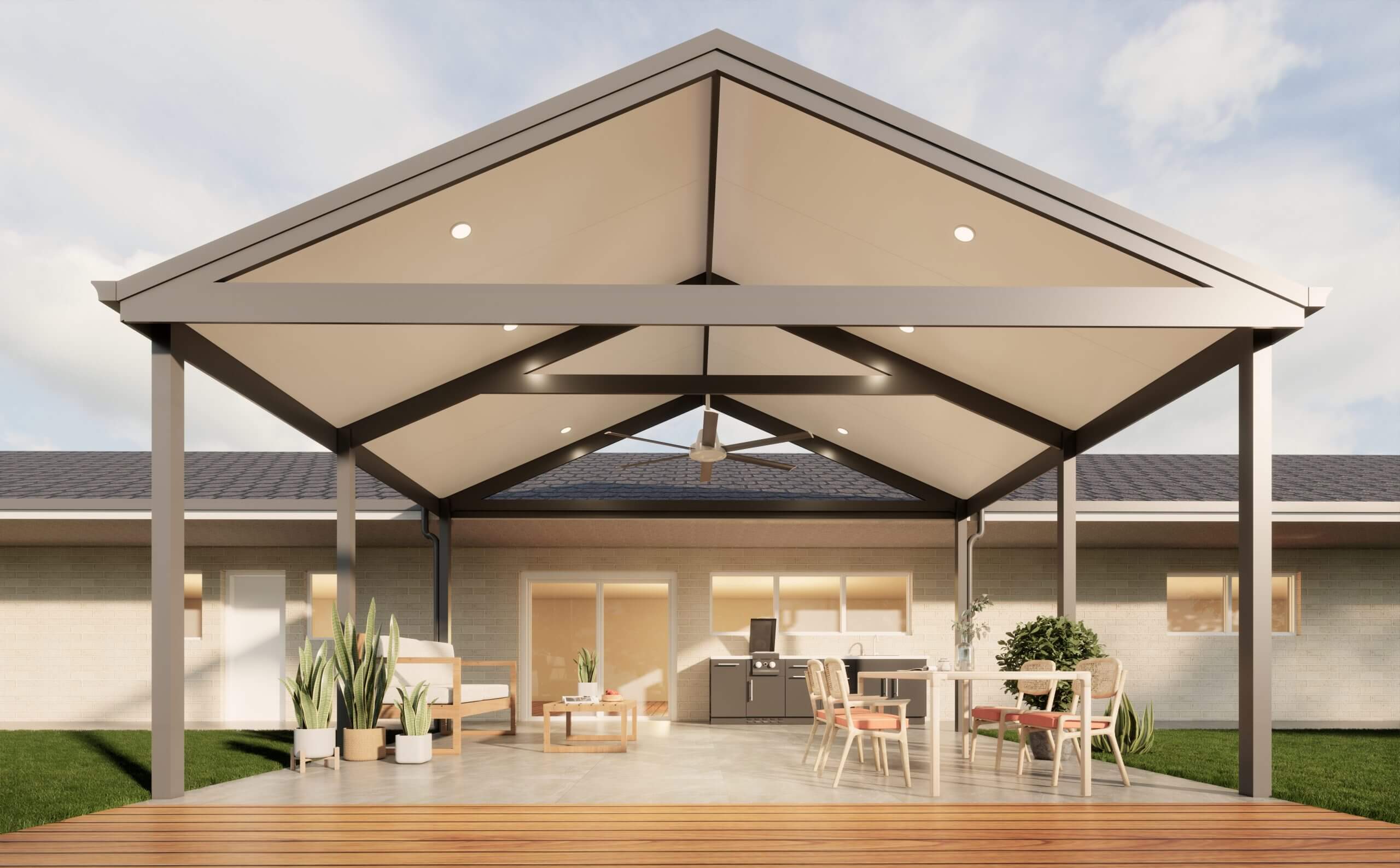
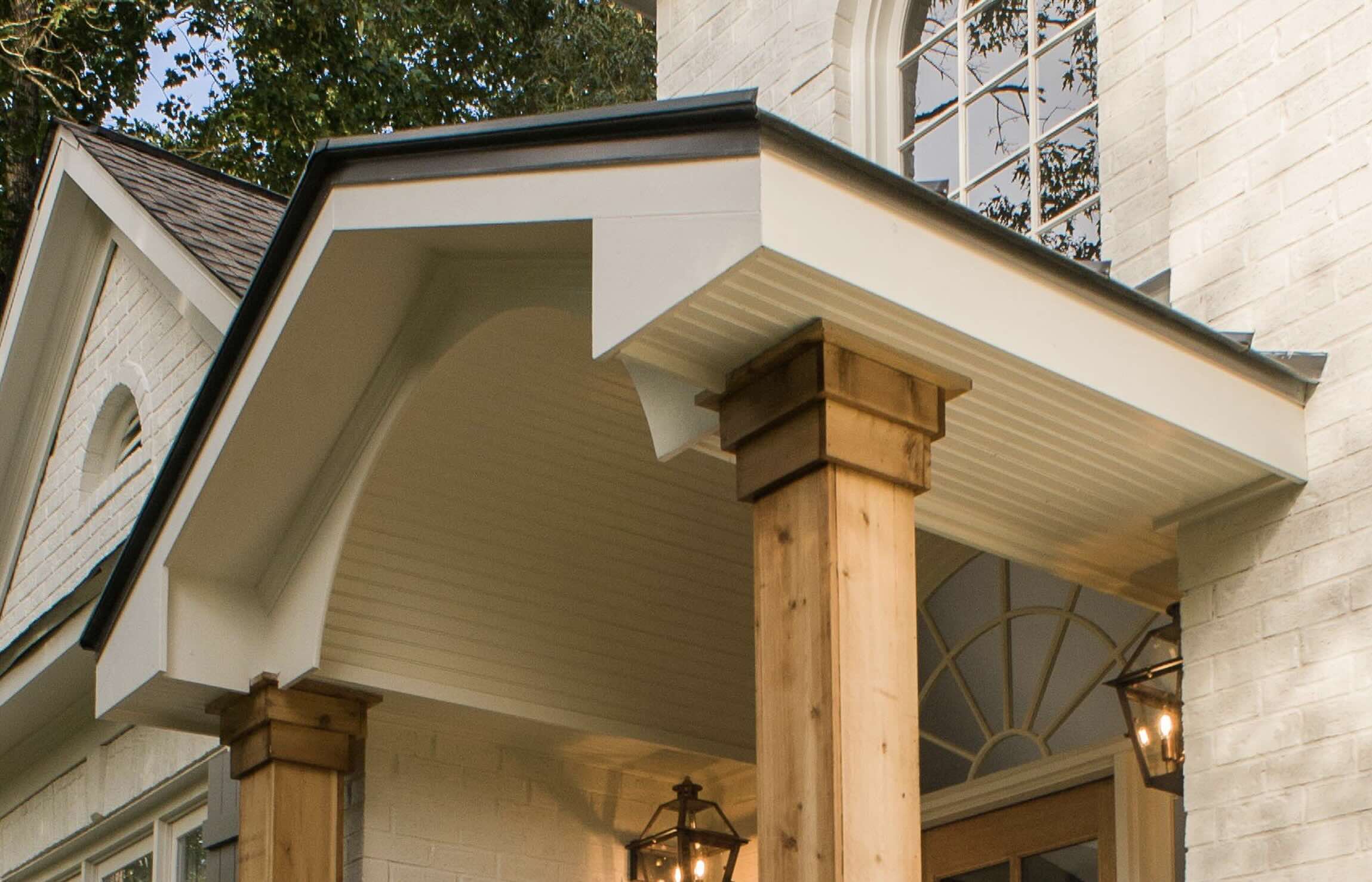

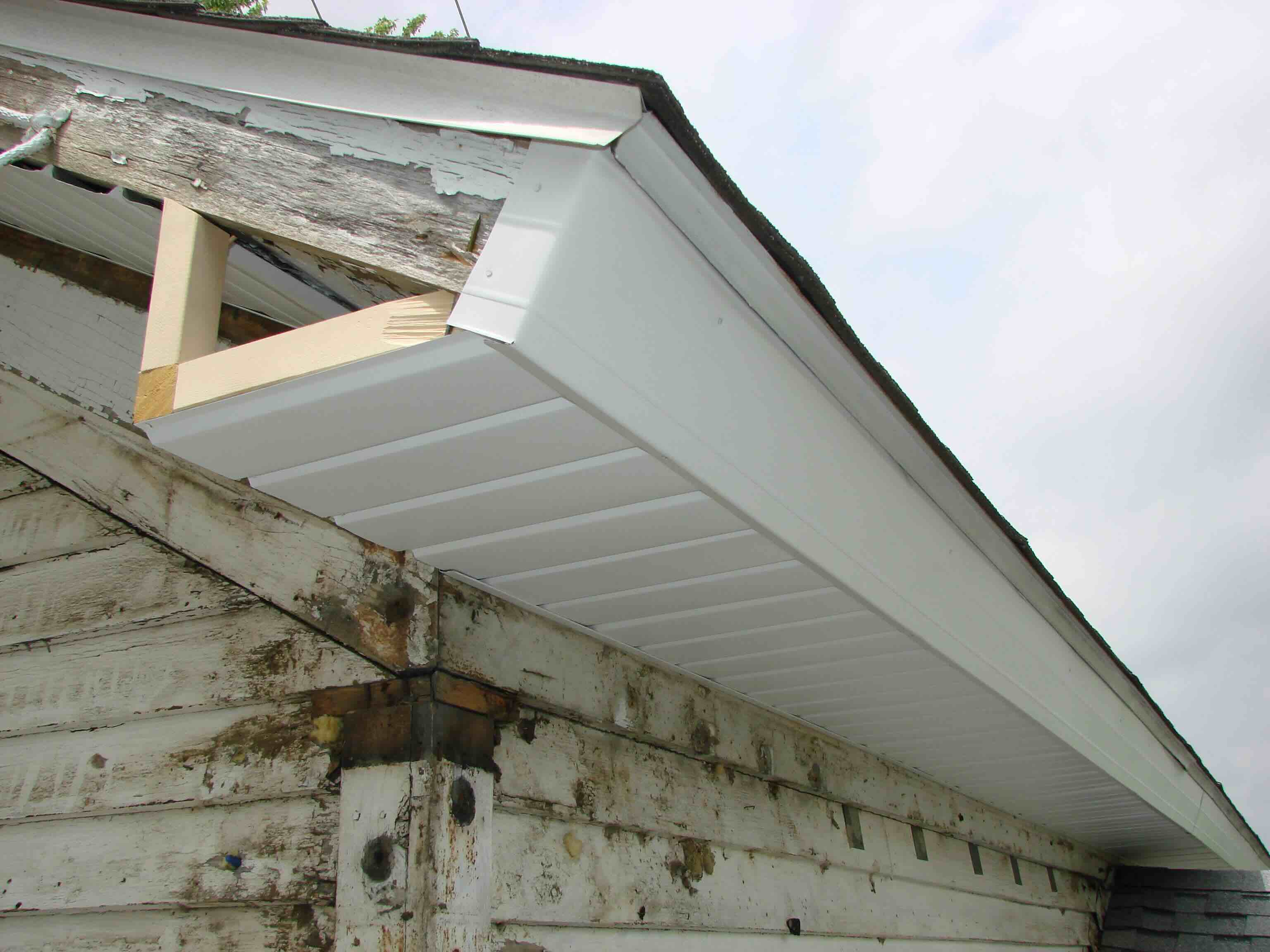
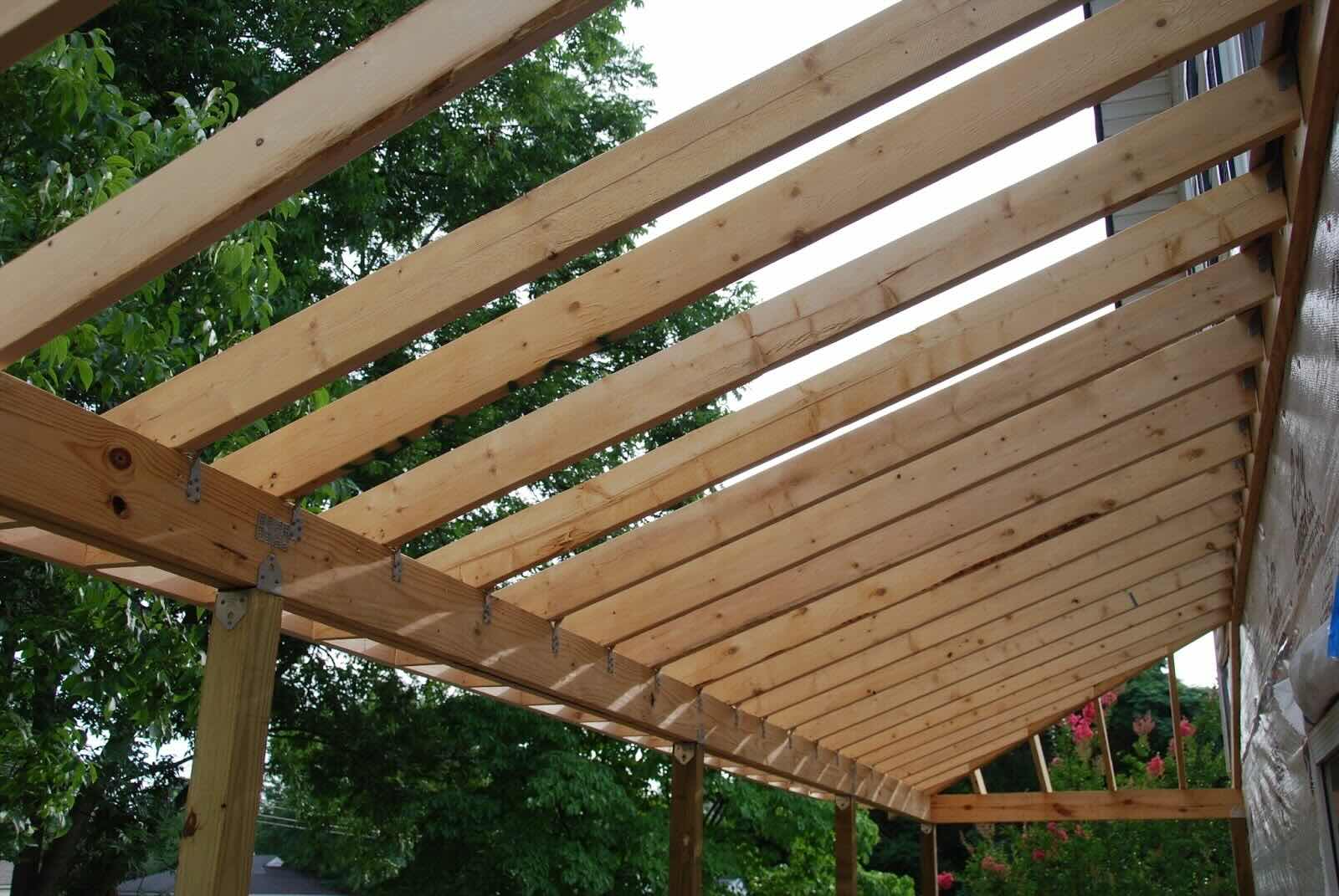
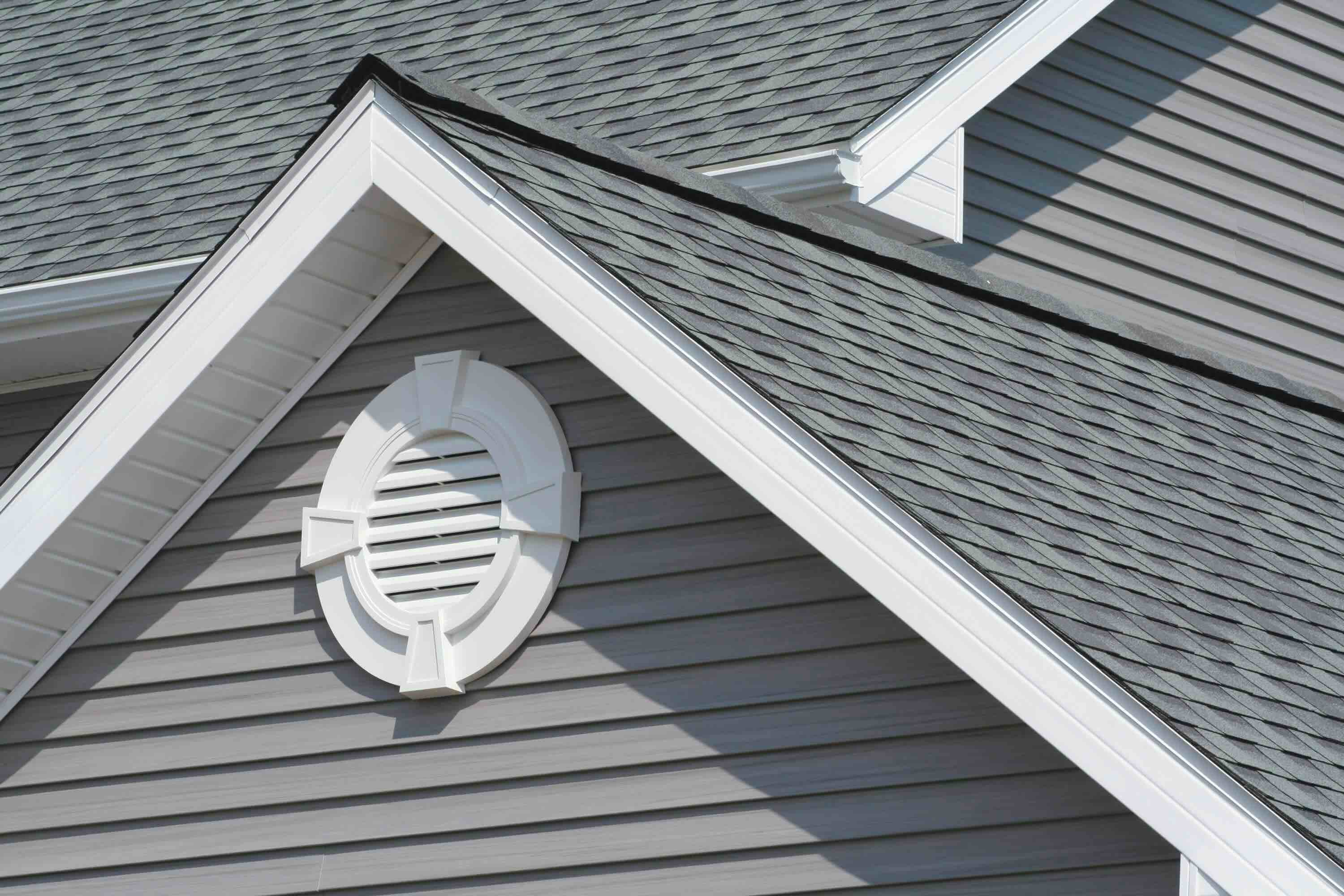

0 thoughts on “What Is A Reverse Gable Roof?”